22
Jan
How to Pursue Outdoor Photography with a Disability
- By Gaurav Mittal
- No Comments
Going through a health crisis as a pro photographer or a hobbyist is an issue, which is rarely discussed. I decided to write this article, as this is a matter very close to my heart. I want to address two major issues, first, is my nature/wildlife photography career over? And second, how can I work around my disability and continue to pursue my passion?
You see, for over a year I have been dealing with a severely debilitating health crisis, a neck problem for which I have visited more hospitals than national parks this year, my photography practically came to a standstill. As a bird/wildlife photographer, lifting long and heavy lens and camera along with the accessories became impossible and I was at a dead end, I found myself looking up and asking the all mighty, is it all over for me? I suspect that there are many who are facing similar crisis but remain silent for the fear that they will be considered “Done”
By the time you finish reading this article, I wish to have you convinced that as impossible as it may seem when you are down, that with a strong will, determination and by making some adjustments to your photography, you can start to get yourself back on your feet. In many of my previous article, I have mentioned that patience is the key to success in order to photograph a difficult subject. This time around you need to have patience with yourself and allow some down time to recover. Consider the following tips as an advice to slowly build your self back up, while still being able to shoot.
Go lighter
This is one tip that by now you have heard many times over, every photographer’s first priority is to travel light and carry the lightest equipment possible, but when you are facing a health crisis that limits your ability to carry or lift even the lightest of gear, then it becomes even more crucial. Shed the heavy cameras and long lenses and opt for lighter options. Just because you cannot lift heavy gear doesn’t mean that you should quit your passion. Putting off the use of my heavy prime 600mm lens was hard but health comes first, after thorough research, I invested in a light third party lens with a focal length of 150-600mm. The image above is a good example that these lenses are getting sharper, faster, lighter and in a budget price.
Step Up to The Cell Phone
With rapidly advancing technology and fitted with advanced optics, mobile phones are fast becoming an important photography tool and perhaps the lightest DSLR capable camera out there. Even with the weight carrying limitation I have, my cell phone is a phenomenal camera that fits right into my pocket and causes no strain. The two images above were shot with an iPhone 7 and processed in Lightroom and Photoshop. Keep in mind, while shooting with a mobile phone, think about the composition and creativity, and also follow through with your post-processing workflow just as you would when shooting with a DSLR and lens. Also note that shooting with a cell phone has its limitations and you will need to adjust your shooting style, obviously I can’t shoot close-ups of birds with it, but that’s OK. I decided to do more birdscapes and look for interesting scenes around me. The take away here is that you can continue to shoot through health issues and still evolve as a photographer, keeping those creative juices flowing with little interruption.
Shoot Nature in Your Backyard
During the downtime and with traveling restricted, it is can be very easy to feel bogged down by your inability to shoot, furthermore, that can lead to diminishing skills as a photographer. To keep the creative juices flowing and maintaining the know-how of your camera gear, I encourage you to look around your own home, birds or a beautiful sunset are close by. Your biggest advantage about shooting in your own backyard is that you can go along at your own pace without having to strain yourself by traveling far. I have written an article on how to make your backyard bird-friendly and can be accessed by clicking here. A quick tip, while photographing your subject up close, try to shoot a behavior or action, it adds a flare to your subject. While photographing the Kingfisher, I waited till it started making calling sounds and then pressed the shutter.
Ask for Assistance
Through the course of my recovery, I made a very costly mistake and learned a very valuable lesson from it. Just because you start to feel better, doesn’t mean that you should go out in the field like Rambo with all the heavy artillery! That is exactly what I did, the urge to go out and shoot was so strong that I was in the field with my big lens; DSLR and accessories as if I was back to normal. Within a matter of an hour or so, my symptoms got aggravated and by the end of the day, I was back in the hospital.
Here is my point, It’s OK to start testing your limits as your health improves, but when faced with restrictions, ask for assistance. Get a friend or a family member to go out with you on the field and help you carry or set up your camera, lens and tripod, offer an incentive and teach them or give tips on shooting your favorite subject. Believe me, they will have fun learning from you, come away with a better appreciation for nature and you will have taken a lot of the strain off of yourself. Winning propositions for all that are involved. For the image above, a budding photographer friend, who was keen on getting tips on shooting birds, came home one afternoon and set up the heavy Canon 600 mm prime lens, camera, and tripod in my backyard. A quick tip, eye contact with your subject always makes the image stand out as it makes a strong connection with your audience.
In Conclusion
When I was confronted with a serious career-threatening health issue, I had two choices, One that leads down a very dark road and let my passion die, or the other where I could maintain a positive attitude by actively finding different ways of shooting that would reduce the stress on my body. The tips above are simple yet an effective way to keep your passion alive, they gave me the time I needed to get back on a path of recovery and have now become a part of my routine.
Finally, on days when the body just tells you to stay put, the internet has a treasure of information on all types of photography topics, go check out forums on new cameras and lenses, read up and stay informed. Watch a video tutorial on the latest post-processing techniques and see if you can rework some old images. Keep checking out your camera and lenses at home and re-read the manuals so you don’t forget the settings and how to use them. The idea here is to stay fresh, on top and informed about the latest and the greatest in your field of interest.




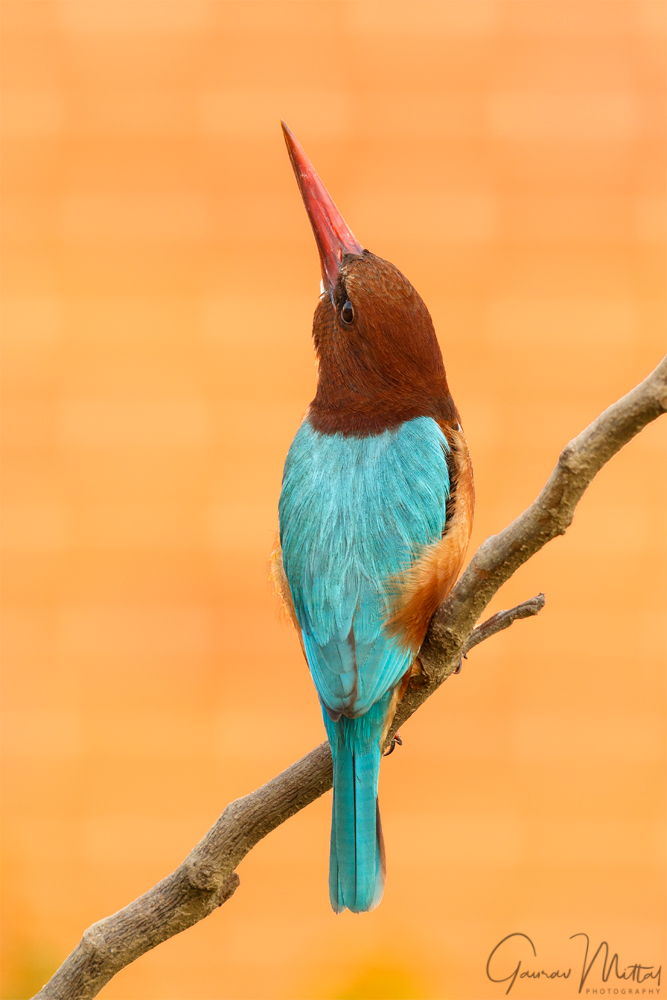
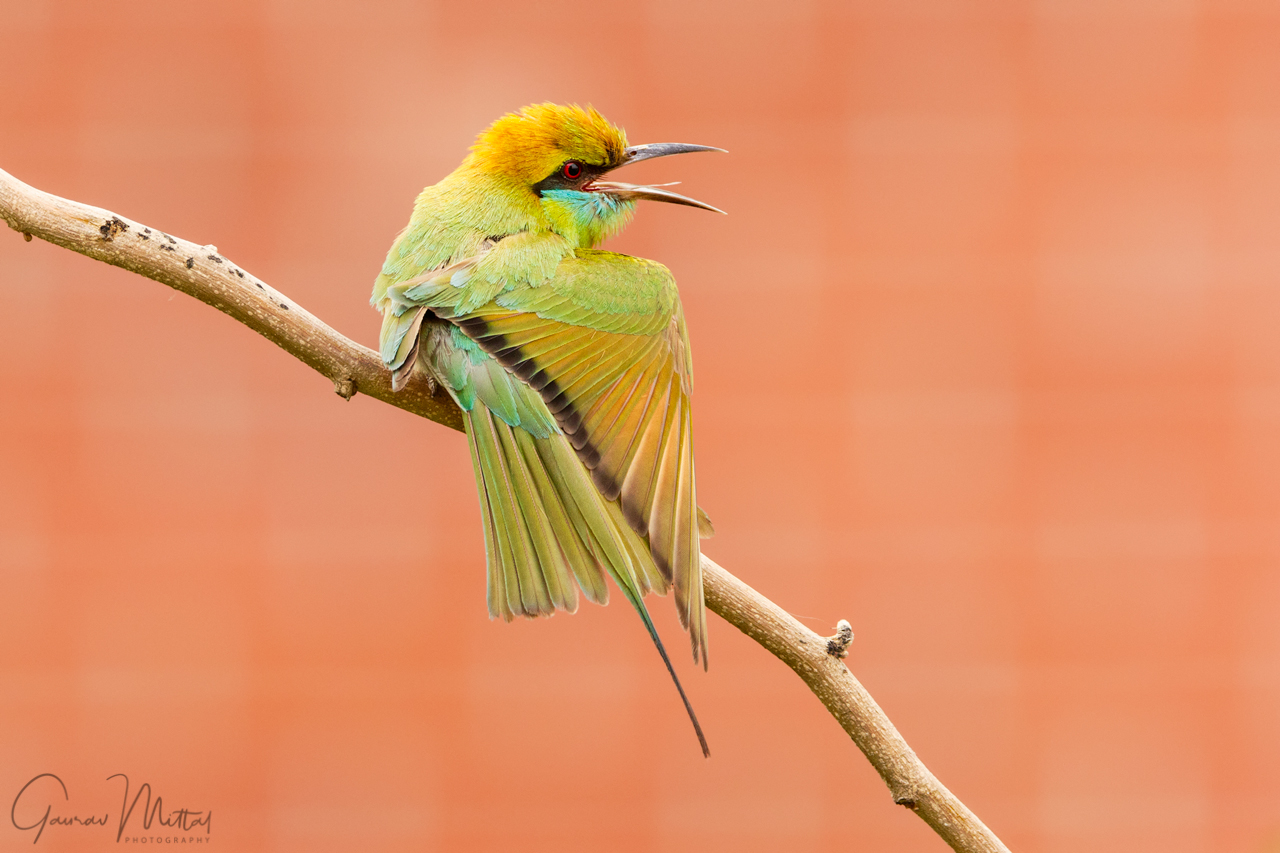
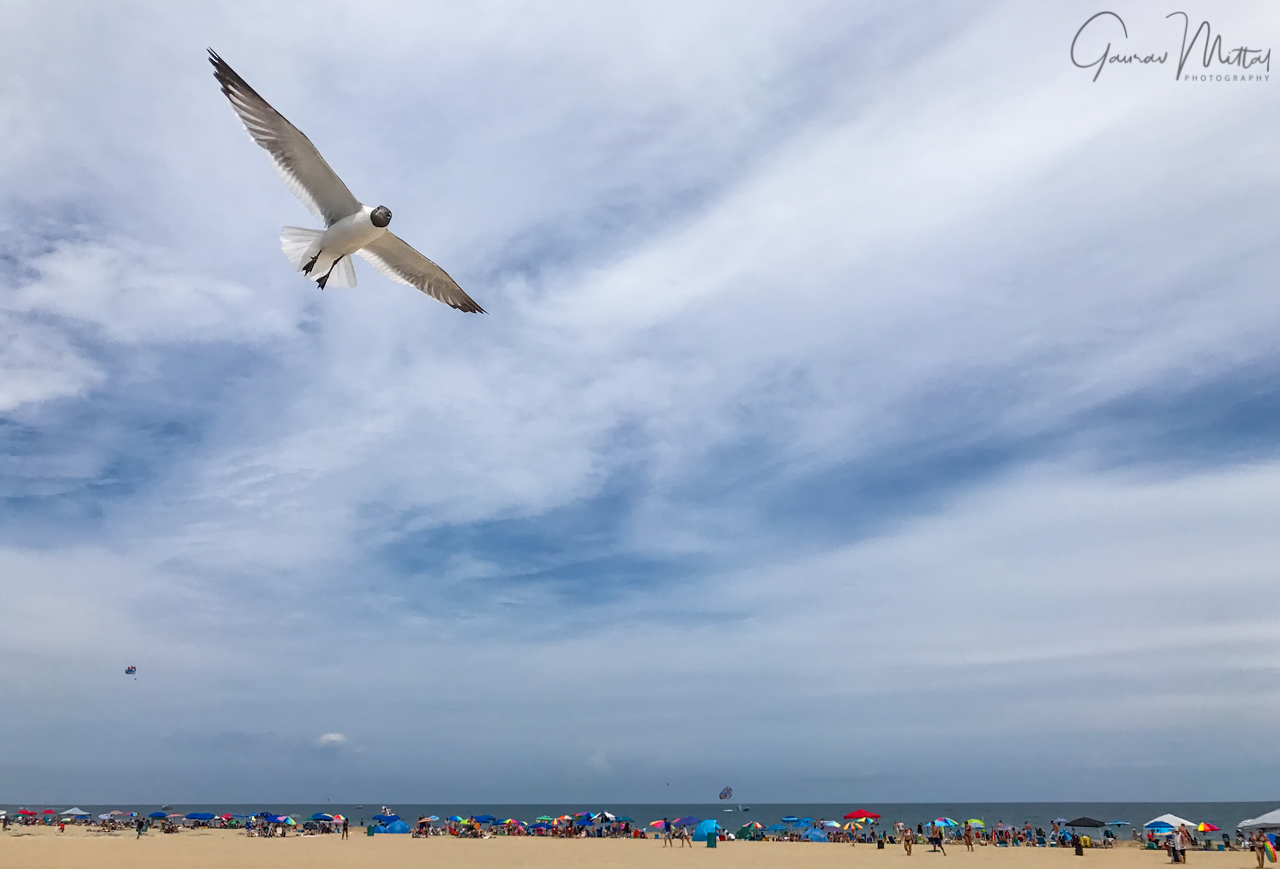

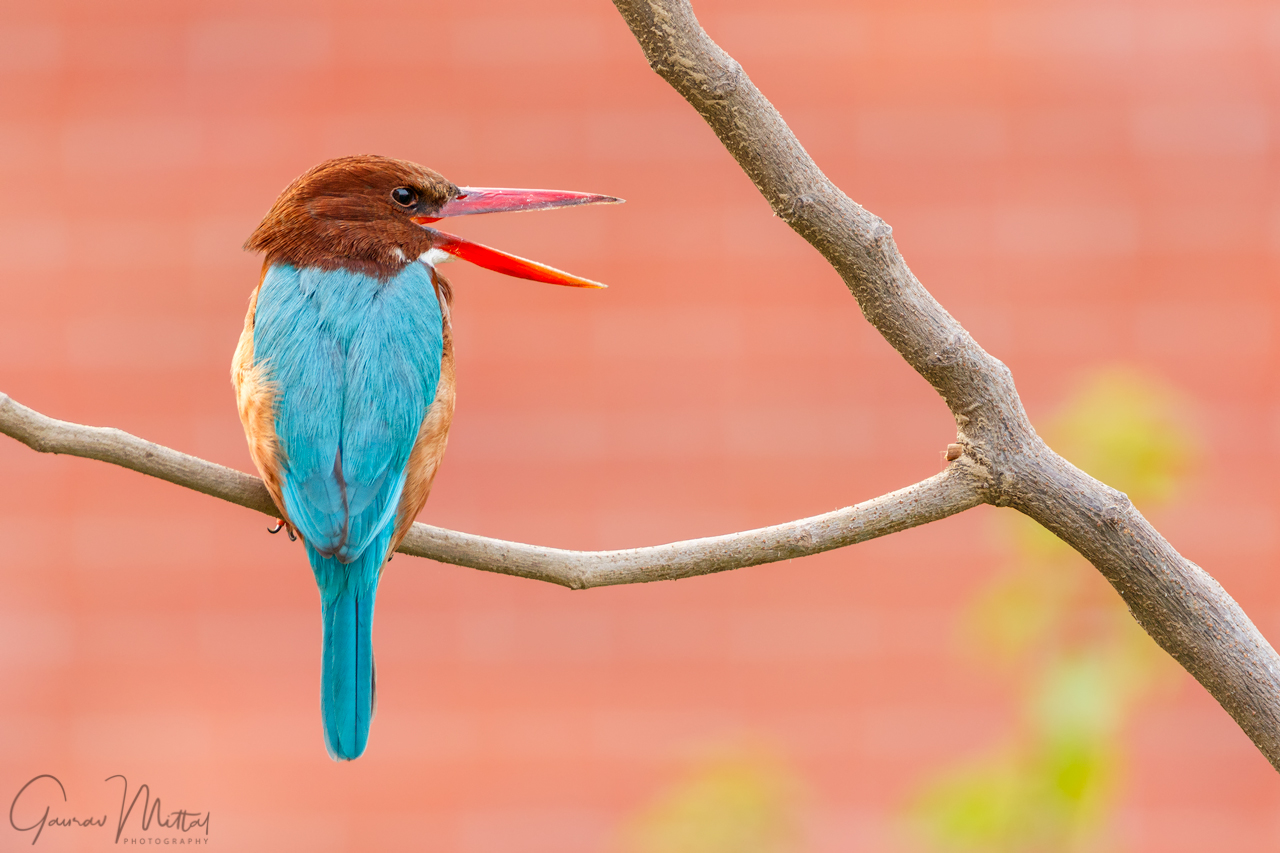
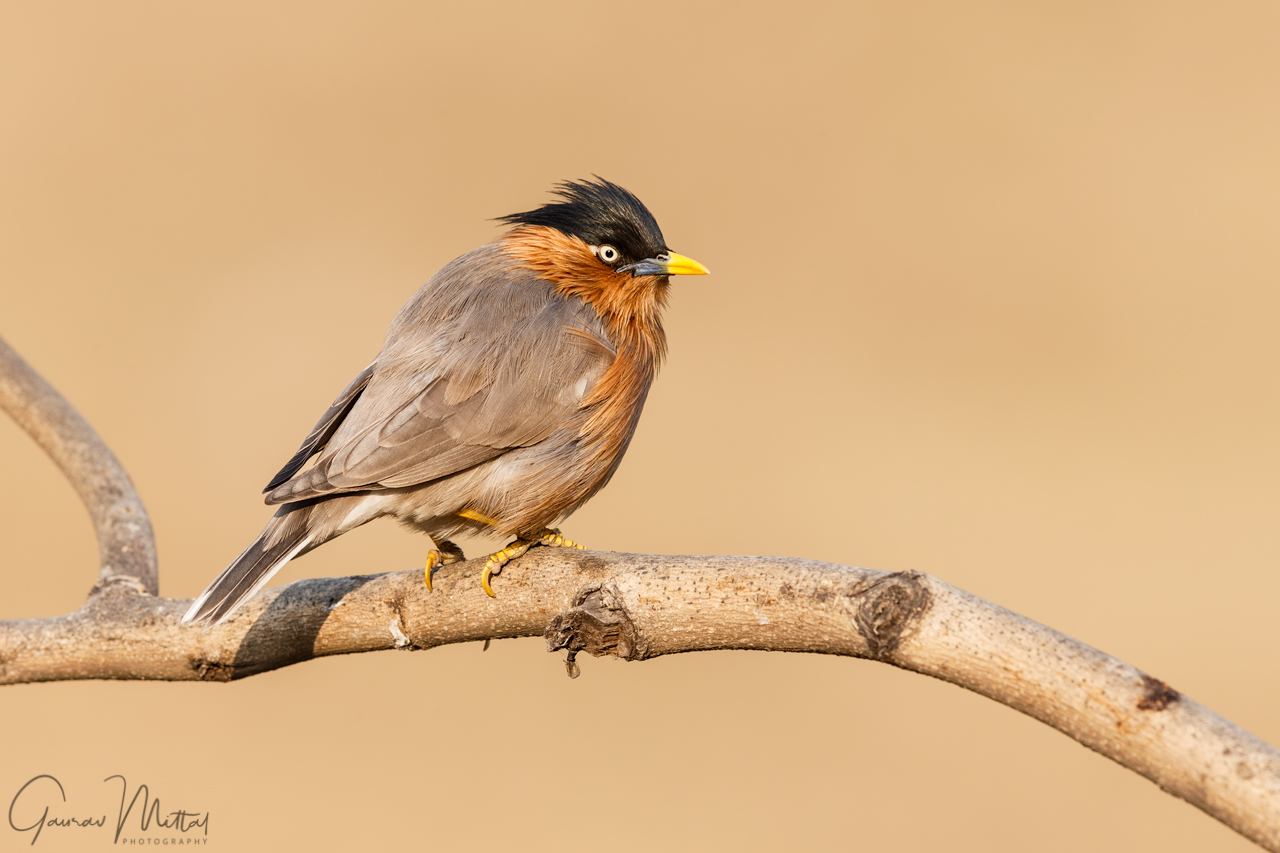
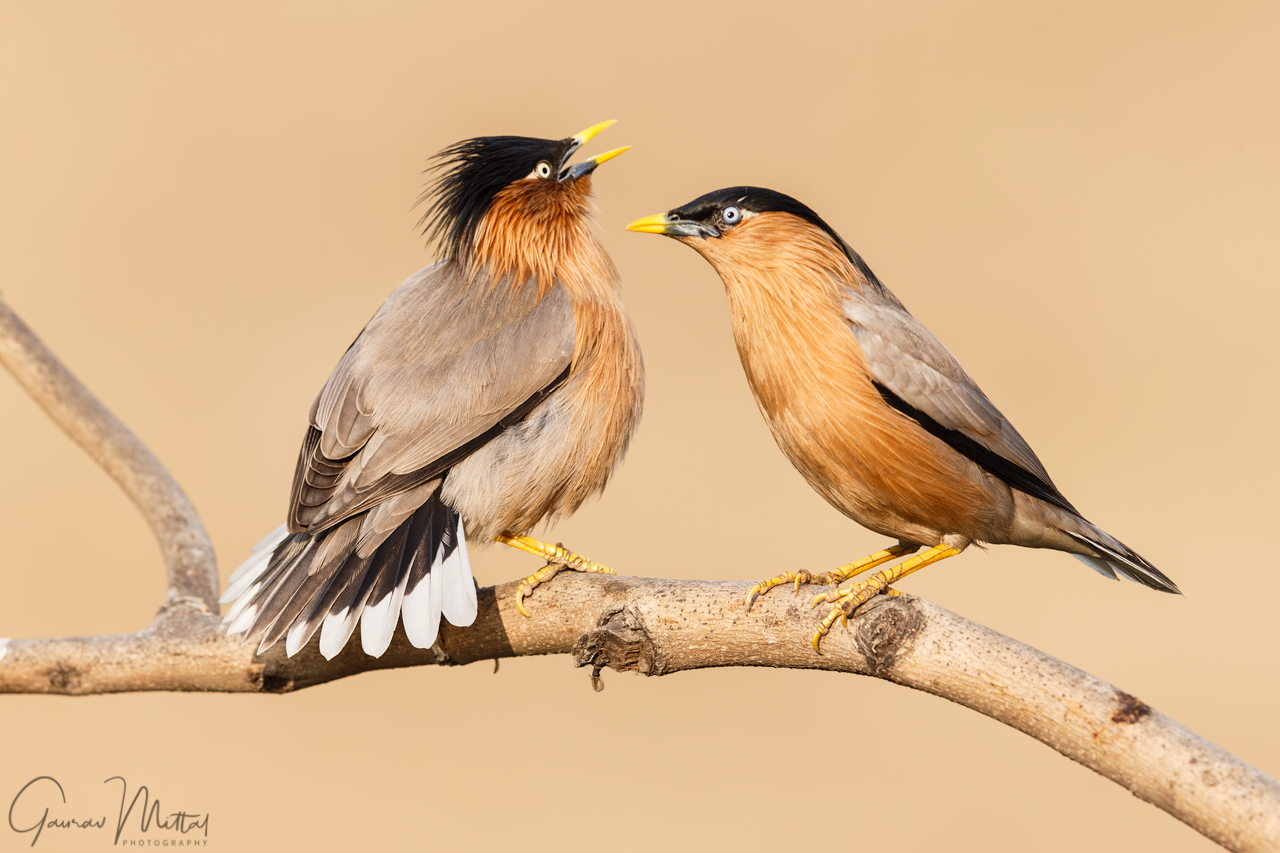
Submit a Comment